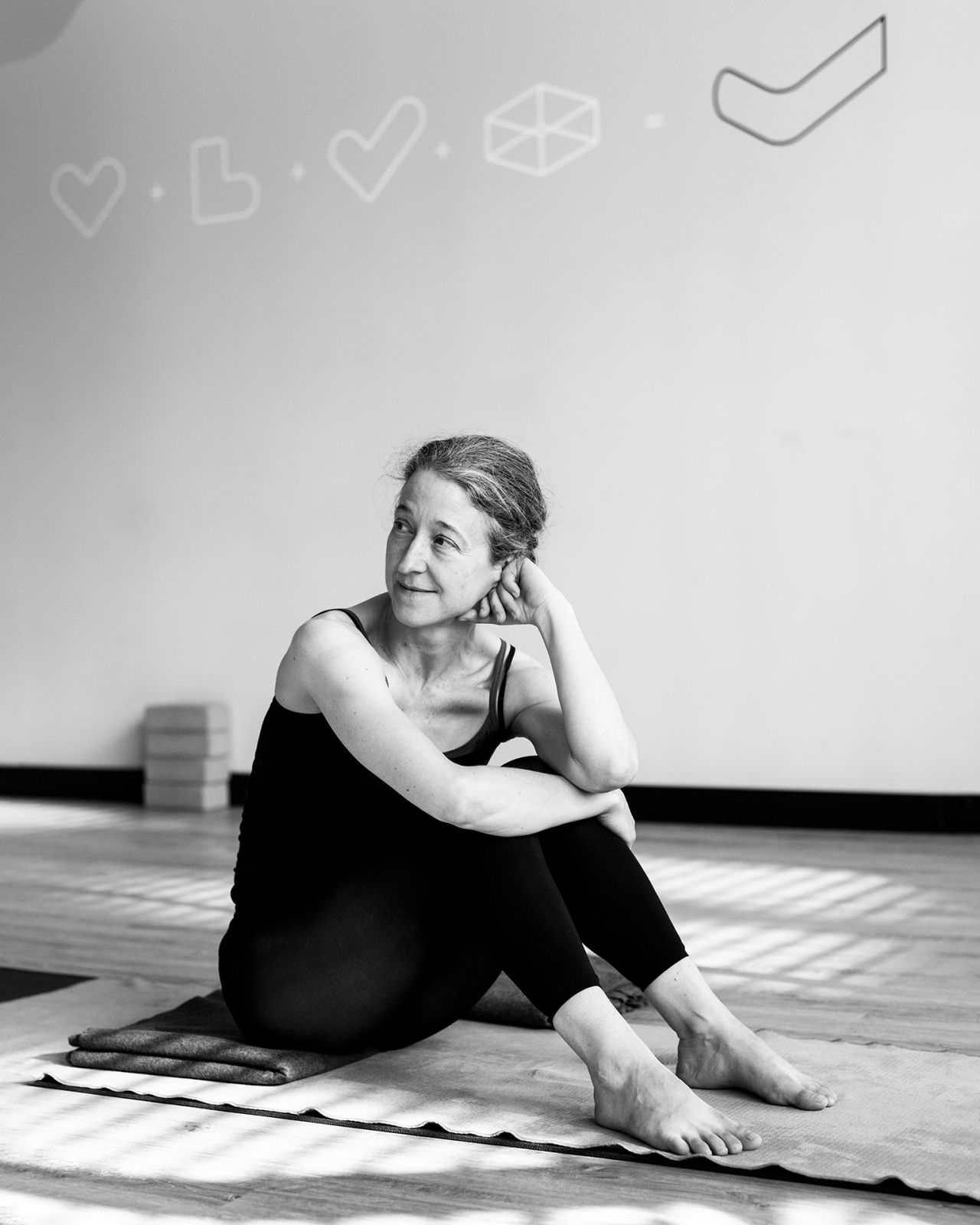About
Vinyasa Krama Yoga
I love sharing Vinyasa Krama yoga as taught by Matthew Sweeney.
Vinyasa Krama yoga is an intelligent method which not only includes physical (asana) practice, but also pranayama and meditation. Vinyasa Krama is a dynamic form of Hatha yoga. Postures (asanas) are practised in a flowing sequence to the rhythm of the breath.
The broader meaning of Vinyasa Krama is to take orderly steps, each step placed correctly, while considering the person and the goal so that progress is consistent and steady [A.G. Mohan & G. Mohan].
Vinyasa Krama yoga is tailored for individuals: sequences are scaled and modified for students with any physical condition. This requires commitment from both the student and the teacher and it works best in self practice classes. Hence, Vinyasa Krama yoga is best suited for practitioners who really want to cultivate a yoga practice, rather than simply visiting a yoga class once in a while.
You will repeat the same sequence again and again. Repetition puts you at ease and helps you to learn, and can be a great way to deepen understanding.
For those familiar with Ashtanga yoga: Vinyasa Krama is a great alternative with similar dynamics and focus on self practice (a.k.a. Mysore style). It includes both vigorous and calming sequences. On top of more variety, it offers more options for different body types. Because of its adaptable and individualised approach, this yoga method is accessible to more students. The way I see it, the physical practice of Vinyasa Krama is the perfect combination of the intensity of Ashtanga and the precision of Iyengar yoga.
Read more about the principles of Vinyasa Krama yoga on Matthew Sweeney's website
Ellen

Ellen
I have always been curious about how the human body functions, both my own and others’. As a kid, I was determined to become a surgeon. So, I did: after obtaining an MD degree, a PhD in physiology, and extensive surgical training, I eventually worked as a vascular surgeon at the Erasmus University Medical Center in Rotterdam. During the first few years, I considered this life at the top of my profession, but over the years my perspective on health care changed. After 15 years of repairing arteries and other body parts, I decided to shift my focus to addressing the root causes of cardiometabolic diseases. I said goodbye to surgery and made a career switch towards lifestyle medicine, both in clinical practice and academic work.
In the physical practice of vinyasa yoga, I get intimately engaged with making shapes with my body and weaving them harmoniously together on the rhythm of deep breathing. This creates a super concentrated state. Through complete absorption in bodily exploration, what goes on in my head dissolves. After practice, I feel fresh, vital, clear, and ready to act a bit more skillfully in my day-to-day life. For me, yoga practices work from the outside in - asana, pranayama, meditation – to a point of stillness and subtler awareness of experiences and the space in which these are occurring. As a result, yoga transforms my way of relating to the world.
Etiquette
Etiquette
- Inform Ellen of any injury, illness, or surgery before class
- Feel free to say no to hands-on adjustments at any time; no need to explain your reason
- Shower and wear clean yoga clothes
- Turn your phone off or to silent
- Do not eat a meal for 2-3 hours before attending class
- Keep chat quiet
- Clean your mat after practice